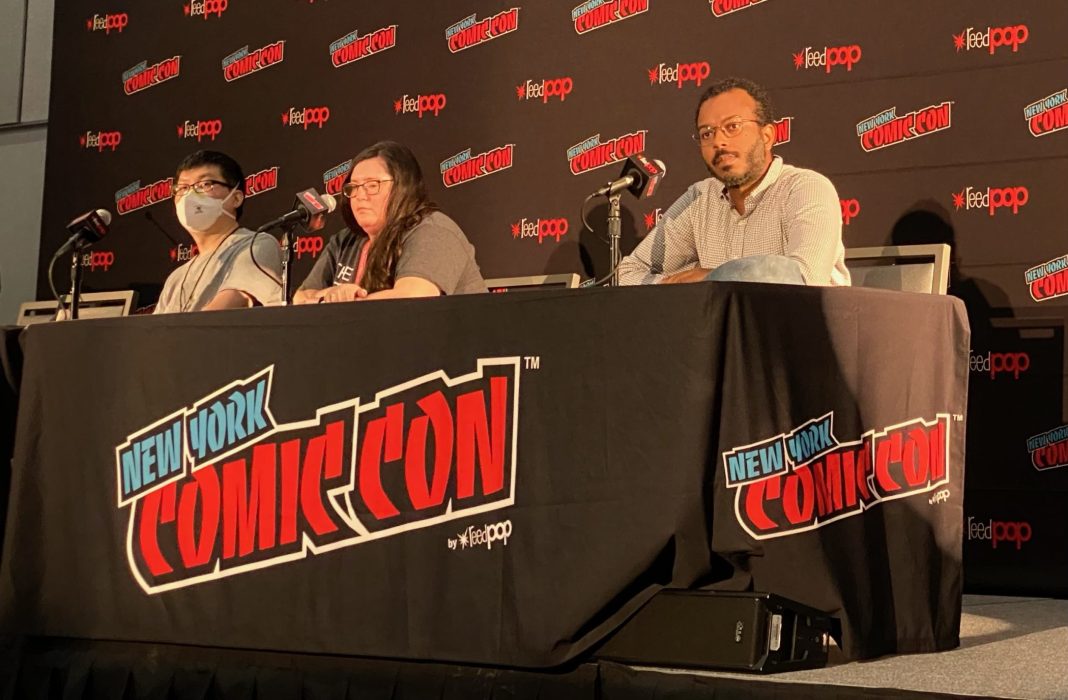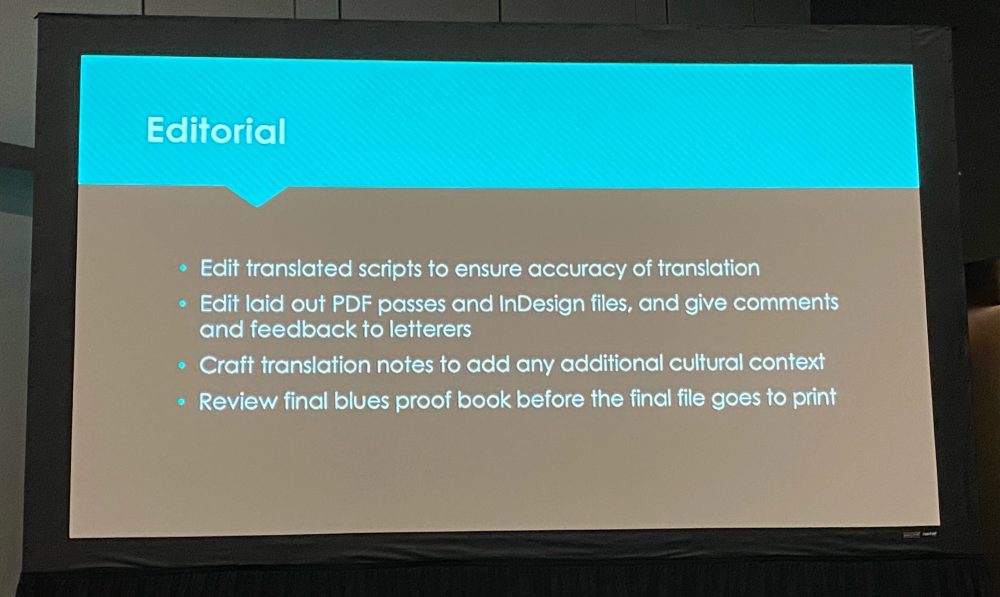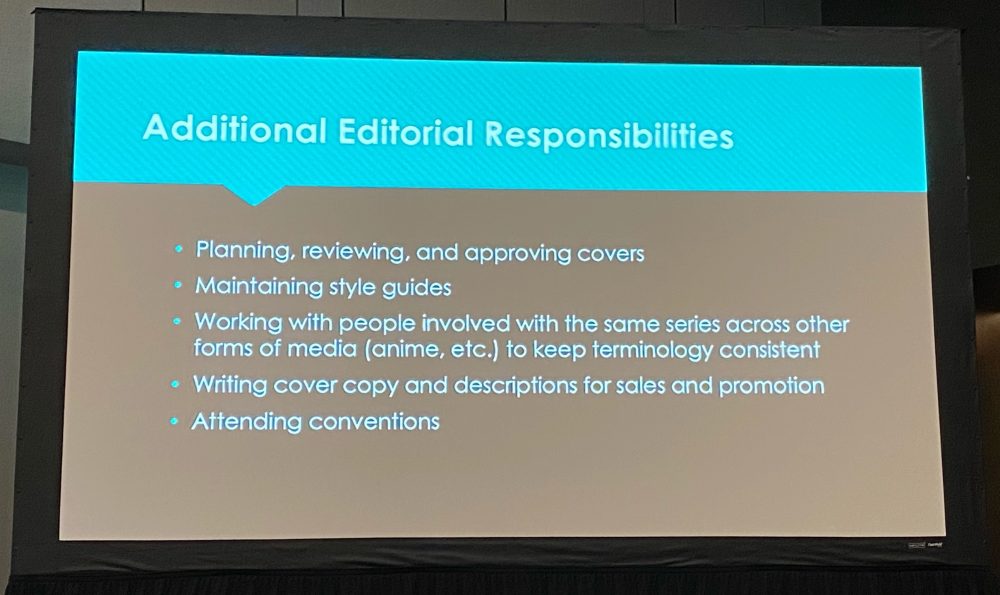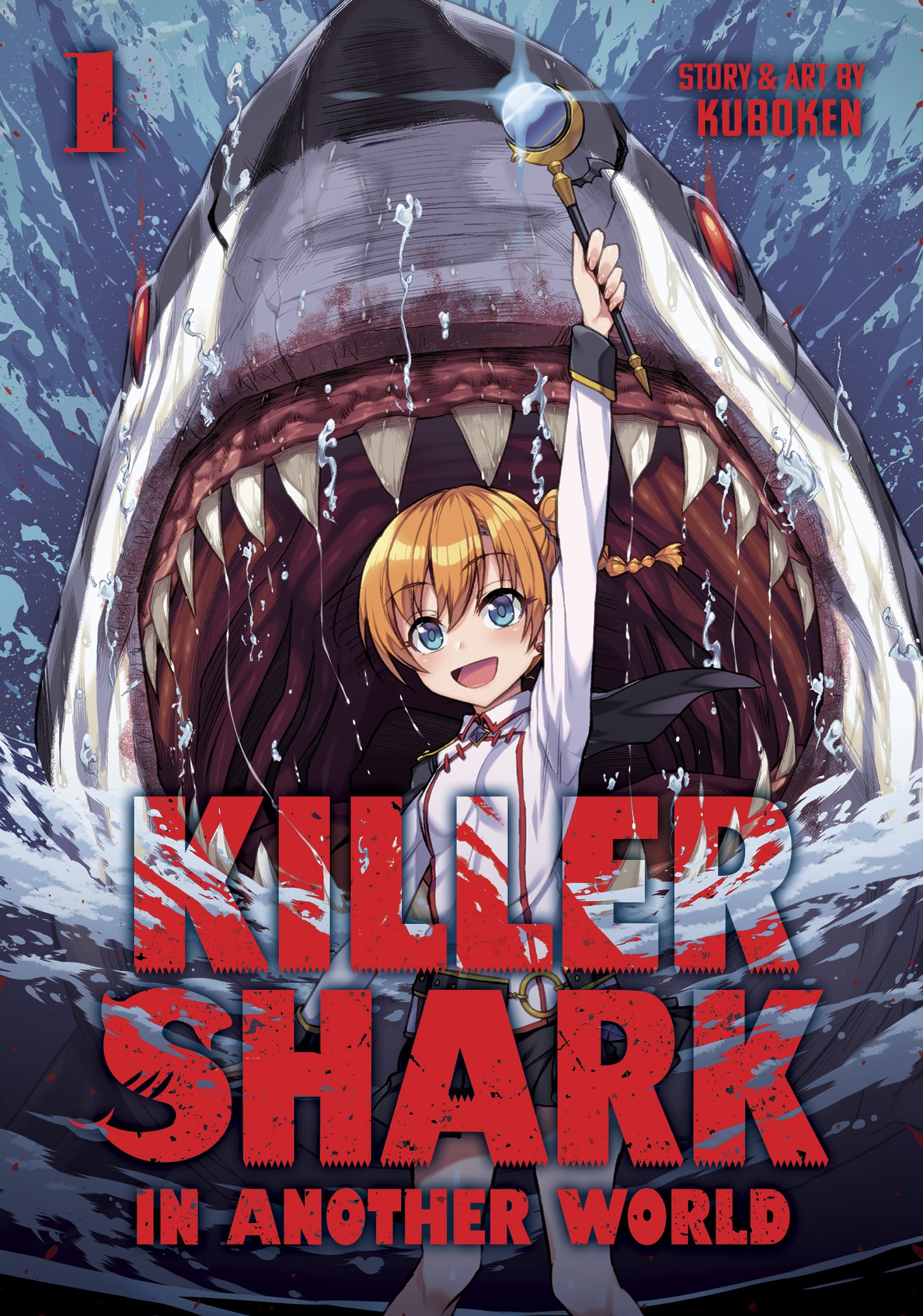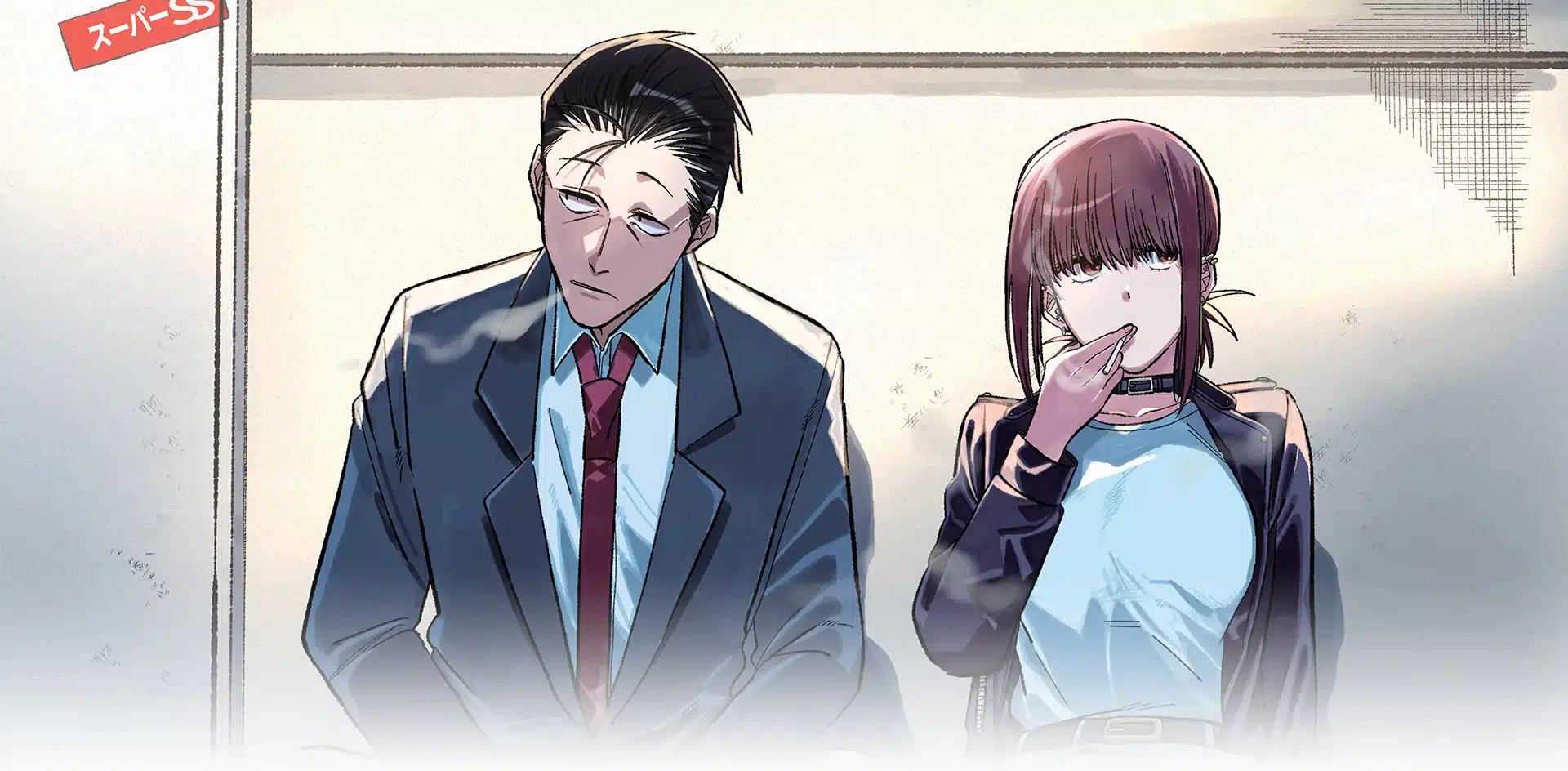By Brandon Pascall, with photos by Brett Pascall
Every translated manga volume has a hard working manga editor who helped make that piece of art come alive for an English-speaking audience. Manga editors Ajani Oloye (Battle Angel Alita, Witch Hat Atelier), Carl Li (Prison School, Laid-Back Camp) and TJ Ferentini (Boys Run the Riot, Chobits 20th Anniversary Edition) talk shop.
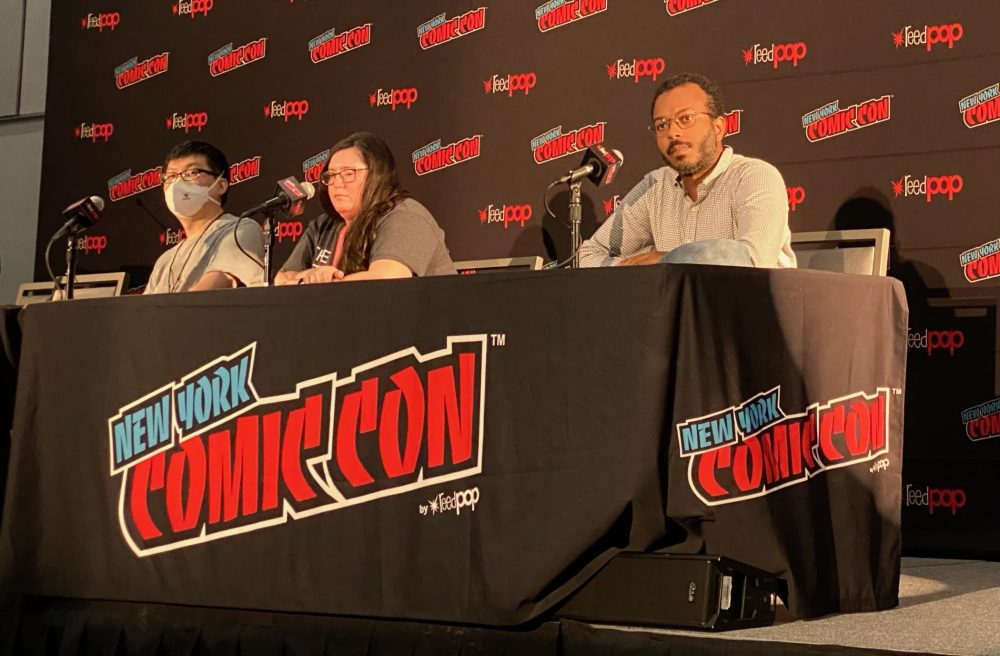
Starting with what an English language Manga Editor does, the group dived into licensing, the crucial first step in actually obtaining a property from a Japanese publisher. TJ Ferentini opened with “Editors in Manga are wearers of many hats.” Besides picking their own titles to license for a North American audience, they often try to find books similar to what they are trying to publish to help pitch the book to both higher-ups and general audiences. Ajanai Oloye mentioned that the process changes from publisher to publisher, and that the power rests with the decision-makers at a given publishing house. Acquisition meetings are often held and a mix of editors and executives from each team meet to discuss IP and what would entail bringing the book to America.
Moving onto project management, after a title is selected and a licensing deal is secured, it then gets assigned to an editorial team. The leading editor determines who is hired to translate, letter, and if necessary recolor the book, as well as identifying assistant editors to help ensure that assignments are getting out on time and everything moves along at a steady pace.
Now, the veterans explored the meat and potatoes of editing. Once they get a script from the translation, Carl Li talked about how their first job is to do a script edit while looking at the original Japanese manga to make sure the original meaning is correct and they often discuss with the translator and original offer to see why certain phrases mean a certain thing and in what way could they be changed to make the most sense for a different (English) audience. After the translation is finalized the script is then sent to a letterer, who redoes each bubble and ensures that it all works and looks coherent! Ajanai stated that Indesign is used to smooth out any errors and look at corrections before the print is sent to ‘blues’ which is slang for the final editing stage.
As Ferentini said, a manga editor is a wearer of many hats. Instead of being a creative director like American comics editors, they must ensure that strict style guides are maintained. They are also involved in court meetings, anime coordinating, attending cons (like their American counterparts), and are responsible for cover copy (the little blurb at the back of the book), and summaries at the start of the book so English and Japanese readers will understand!
Miss any of our other NYCC ’21 coverage? Click here to check it out!


